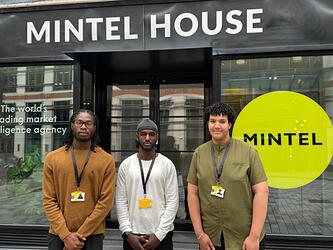Six degrees of separation? On Facebook it’s just 4.74
A study by Facebook and researchers from the University of Milan looked at the site’s 721 million active users and counted the number of steps required to link one randomly selected user to another. The answer was, on average, 4.74.
The figure has fallen from 5.28 since it was last counted three years ago.
In the 1960s Stanley Milgram came up with a figure of six steps, based on an experiment in which 296 people tried to get postcards to a particular person in a suburb of Boston, via friends and friends of friends.
The meaning of the 4.74 figure depends, of course, on how you define ‘friend’. The median number of friends that people have on Facebook is 100, but that tends to include people they barely know, or not at all.
Facebook’s experiment also differs from Milgram’s in that it measured the shortest possible route between two people, whereas Milgram’s participants had to make a guess at who among their friends would have the best chance of knowing the target person.
The researchers noted that, while it may be possible to reach anyone else in the world in a small number of steps, most connections remain “very locally clustered” with 84% of connections linking users in the same country.

We hope you enjoyed this article.
Research Live is published by MRS.
The Market Research Society (MRS) exists to promote and protect the research sector, showcasing how research delivers impact for businesses and government.
Members of MRS enjoy many benefits including tailoured policy guidance, discounts on training and conferences, and access to member-only content.
For example, there's an archive of winning case studies from over a decade of MRS Awards.
Find out more about the benefits of joining MRS here.













0 Comments